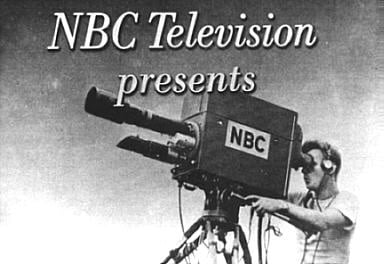 News flash: the way people receive the news and the way it is presented has entered a new realm. Public distrust of the media is at an all-time high. How did this happen and how can it be rectified?
News flash: the way people receive the news and the way it is presented has entered a new realm. Public distrust of the media is at an all-time high. How did this happen and how can it be rectified?
Television news broadcasts began in the late 1940’s but were not considered credible throughout the 1960’s. Journalists considered television reporting a form of entertainment rather than serious reporting. This changed with the Kennedy assassination in 1963. After this tragedy, people then realized pictures and video were the future of news broadcasting.
News programs became profit centers. By the end of the 1970’s, the news division typically produced 60% of a station’s profits. In the 1980’s, large conglomerates bought many of the top media companies. This forced media corporations to become more aware of profits and stockholders. News stations became increasingly concerned about the entertainment value of the news. The focus became giving the people what they wanted to see, rather than what they needed to know.
News organizations today post more content than there is relevant news, leading to a decrease in actual news and an increase in opinion, commentary, and blogs. Many people no longer have a standard of what news should be and cannot tell the difference between a real news story and political commentary.
The increase in fraudulent news has created a lack of trust in the media. Polls show more than half of Americans do not trust the media to deliver the truth. This distrust rose dramatically after the recent allegations that Russian operatives played a major role in spreading fraudulent information during the 2016 U.S. presidential election. President Trump has even called the press the “enemy of the people.”
News programs are often biased. Among viewers of Fox News, a traditionally conservative news network, President Trump’s approval rating is 78%. Among viewers of MSNBC, a traditionally liberal news network, President Trump’s approval rating is a much lower 18%. News organizations cater to these different political views.
Social media is today’s driving force in news. Anyone can voice an opinion on current events in social media. A Stanford University study published in March 2017 stated, “Content can be related among users with no significant third-party filtering, fact-checking or editorial judgment. An individual user with no track record or reputation can in some cases reach as many readers as Fox News, CNN or The New York Times.”
Social media has turned the traditional one-way communication of the news into a two-way conversation. Michael Skoler, president of Louisville Public Media, suggests that the new style of journalism is a journalism of “partnership” with an audience who feels they can add content and opinion to the news and issues.
Social media often presents inaccurate stories. The journalistic standards of accuracy and double-checking facts do not apply. A December 2016 survey by Pew Research Center determined 62% of Americans get their news primarily from social media. The survey further states 23% of U.S. adults have shared fake news, knowingly or unknowingly. A study done by American Press Institute concluded that a highly trusted or distrusted sharer of a news article has a greater effect on a reader than the source of the article.
To counter these biases, informed readers should gather news from both sides of the political spectrum. Websites such as AllSides.com present multiple sources side by side to provide a full scope of news reporting.

